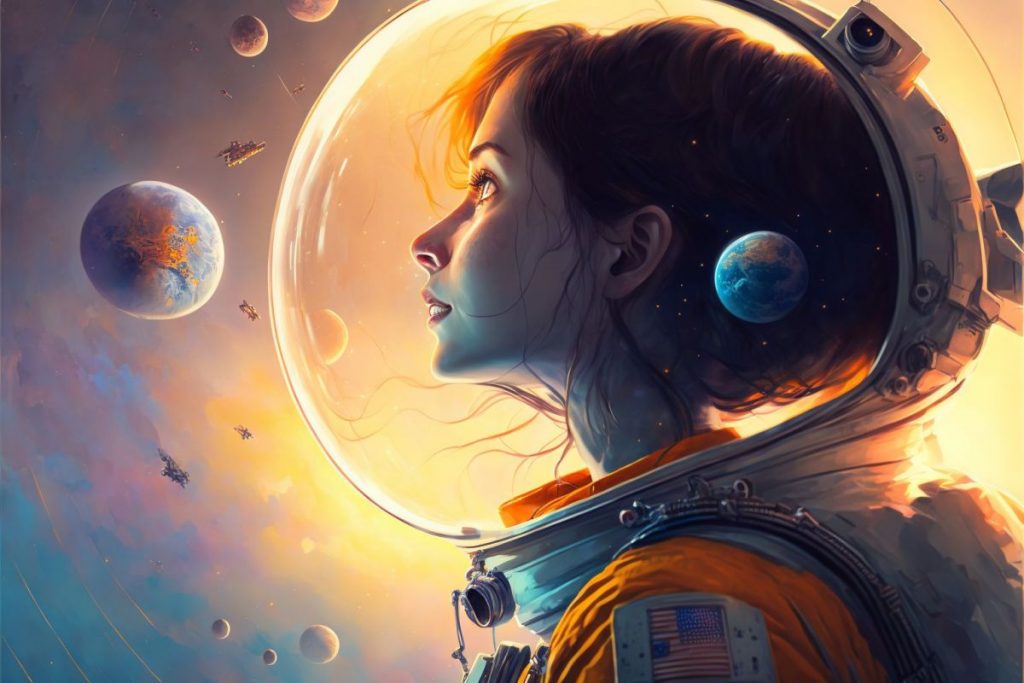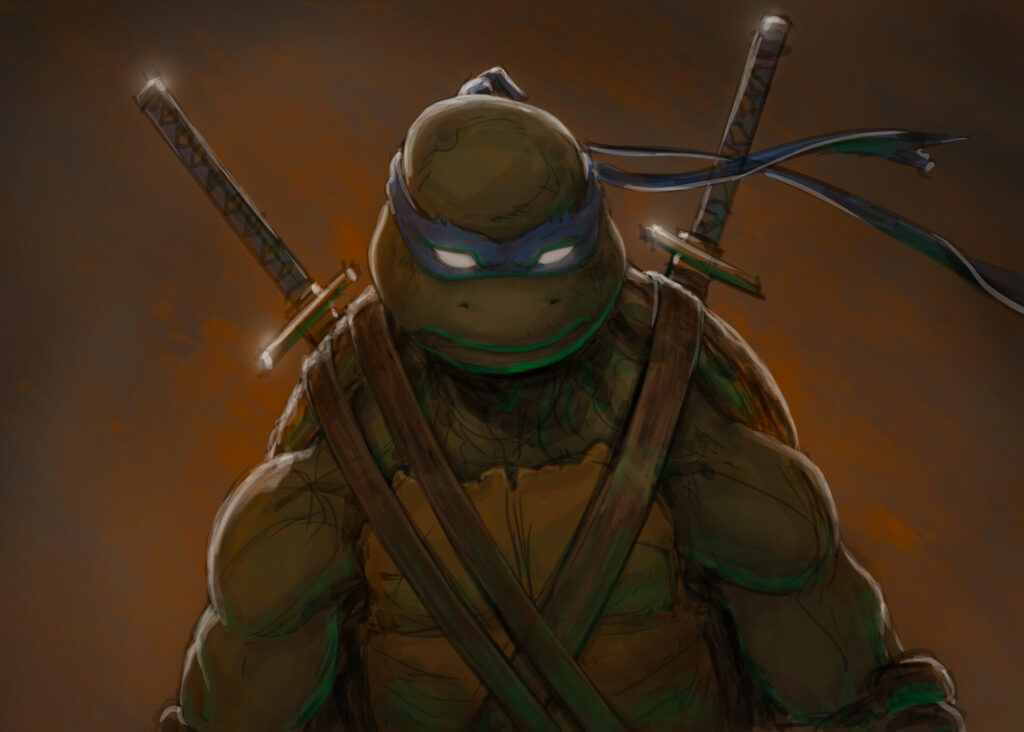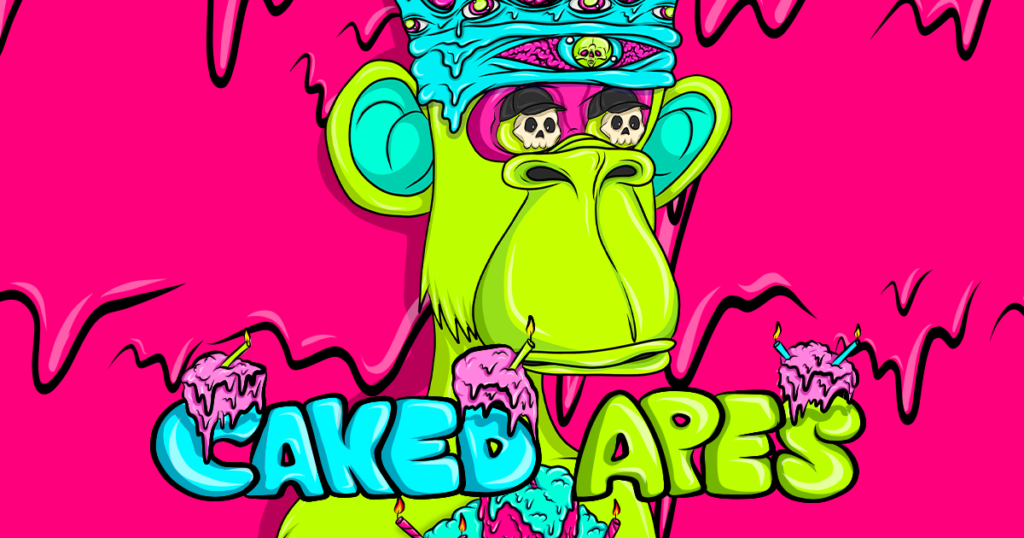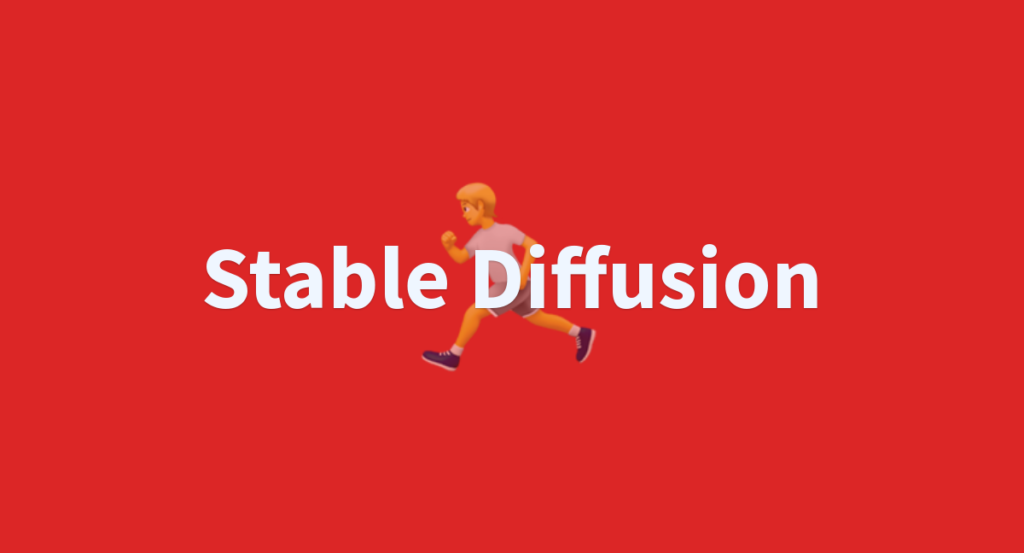Automatic111, the popular opensource text-to-image Stable Diffusion build that allowed people to create art on their computer has been banned!
The war on AI has been a contentious issue in recent years, with many advocating for stricter regulations on the development and use of artificial intelligence. The latest development in this ongoing Github ban of Automatic1111; an opensource deep machine learning, text-to-image model that can be installed and run from your own computer. According to reports, YouTube artists may have played a role in this decision by staging a campaign to flag the account for removal.
RELATED: Metaverse “terrorist attack” exposed as anti-Christian hoax
This latest incident raises questions about the accountability of AI and those who create and use it. While AI has the potential to revolutionize many industries and improve our daily lives, it also presents significant ethical challenges that need to be addressed. The war on AI highlights the need for a more nuanced and thoughtful approach to the development and regulation of artificial intelligence.
The use of AI in image recognition and other areas has come under scrutiny in recent years due to concerns about bias and discrimination. In the case of the Stable Diffusion repository, Automatic1111, it is not yet clear what specific issues led to its banning from Github. However, the incident serves as a reminder of the importance of ensuring that AI is developed and used in a responsible and ethical manner.

It is also worth noting that AI is still a rapidly evolving field, and there is much that we do not yet know about its capabilities and limitations. As such, it is important for society to approach the development and use of AI with caution and to consider the potential consequences of our actions. The war on AI is likely to continue as we grapple with these complex and nuanced issues.
Every artists copies another!
Many artists, including those who are now considered professionals, often begin their careers by copying the work of others. This is a common practice in the art world, as it allows artists to learn new techniques and styles, and to develop their own unique voice.
One way that artists often start out is by drawing their favourite cartoon characters. This allows them to practice their skills and become familiar with different artistic styles. Some artists even go so far as to trace over the original artwork as a way to learn and improve their own skills.

While this practice can be beneficial for developing artists, it is important for them to give credit to the original creators and to avoid directly copying their work. Unfortunately, many new intellectual properties (IPs) have been accused of being rip-offs of other works, with some creators even going so far as to copy entire plots, characters, and other elements without giving credit to the original source.
This type of behavior is not only unethical, but it also undermines the hard work and creativity of the original creators. It is important for all artists, whether they are professionals or just starting out, to respect the intellectual property of others and to give credit where credit is due.
The battle for copyright!
The legal situation regarding copyrights for artificially generated content, such as AI-generated art, is highly contested and is still being sorted out in various courts around the world. One example of this is the ongoing lawsuit between The Bored Ape and Caked Apes, in which the respondent is arguing that AI-generated art cannot be copyrighted. Some argue that AI should be able to hold copyrights for its creations, just like human artists can, while others argue that AI is simply a tool and that the human creators of the AI should hold the copyrights for any artwork generated by the AI.

One of the main arguments in favor of granting copyrights to AI is that it could encourage the development of new and innovative AI technologies, as creators would have a financial incentive to create and sell their AI creations. However, opponents of this view argue that granting copyrights to AI could lead to a proliferation of lawsuits and could stifle creativity, as artists may be afraid to use AI for fear of infringing on someone else’s copyright.
History repeats.
Despite the legal uncertainty surrounding copyrights for AI-generated art, AI can be a powerful tool for artists, helping to improve their workflow and efficiency. For example, AI can be used to automate tasks that are time-consuming or repetitive, such as retouching photographs or creating 3D models. This can free up artists to focus on more creative tasks and allow them to produce more artwork in a shorter amount of time. AI can also be used to generate new ideas and concepts, providing artists with inspiration and helping them to think outside the box. Overall, while the legal situation surrounding copyrights for AI-generated art is still being sorted out, it is clear that AI, like Stable Diffusion, can be a valuable tool for artists and can help to improve their workflow and efficiency.

The suspension and removal of the open source Stable Diffusion build has certainly raised concerns about the accessibility of AI tools to the average person. Some have argued that this development is the beginning of the end for independent AI research and development, and that AI will become a tool that is reserved for corporations and conglomerates rather than being available to the general public.
However, it is important to remember that new technologies have always been met with fear and resistance, and that history has a way of repeating itself in this regard. When the first automobiles were invented, for example, many people were scared of them and fought against their widespread adoption. Similarly, when the first computers were developed, many people were afraid of them and saw them as a threat to society.
Despite these fears, however, both automobiles and computers have become integral parts of our daily lives and have greatly improved our quality of life. AI is likely to follow a similar trajectory, and it is likely that it will become an important part of our future whether we like it or not. While it is important to address the ethical and social implications of AI and to ensure that it is developed and used in a responsible manner, it is also important to recognize the potential benefits of this technology and to embrace it as a part of our future.
